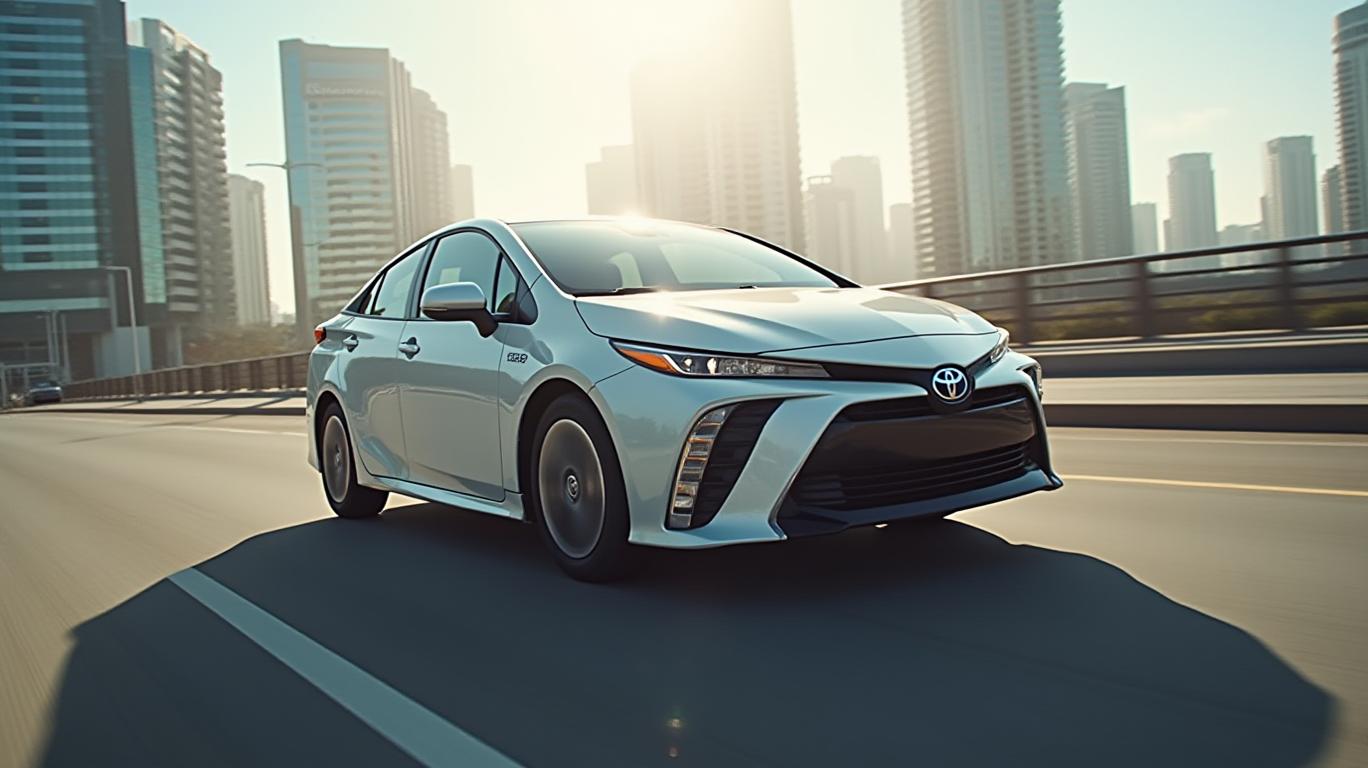Rolls-Royce's Resilient Roadmap: Navigating Tariffs to 2025 Targets
Rolls-Royce Holdings plc has defied macroeconomic headwinds, reaffirming its 2025 financial targets despite rising global tariffs and supply chain volatility. With a multi-divisional strategy rooted in innovation, operational discipline, and strategic investments, the engineering giant appears poised to deliver £2.7bn-£2.9bn in underlying operating profit for the full year. This article dissects the pillars of Rolls-Royce’s confidence and evaluates the risks lurking beneath its ambitious goals.
Ask Aime: "Understanding Rolls Royce's 2025 financial targets despite global turbulence."
Civil Aerospace: Powering Ahead with Innovation
The Civil Aerospace division remains a cornerstone of Rolls-Royce’s success, driven by robust demand for its large engine platforms. As of March 2025, large engine flying hours reached 110% of 2019 levels, signaling a post-pandemic recovery in commercial aviation. The division’s aftermarket revenue surged, fueled by a record number of shop visits for engine maintenance. Key advancements include:
- Trent 1000 HPT Blade Certification: A new high-pressure turbine blade design set to double the engine’s service life, reducing replacement costs for airlines.
- Trent XWB-84 Certification: The engine’s April 2025 certification for the Airbus A350-900 underscores Rolls-Royce’s leadership in long-haul, fuel-efficient propulsion.
- On-Track Engine Improvements: Aiming for a 30% time-on-wing improvement for Trent 1000 and Trent 7000 engines by year-end, enhancing reliability and reducing downtime.

The division’s progress also extends to business jets, with the Pearl 700-powered Gulfstream G800 and Pearl 10X-powered Dassault Falcon 10X advancing toward certification. These programs highlight Rolls-Royce’s expanding footprint in the lucrative corporate aviation market.
Defense and Power Systems: Diversification in Action
While Civil Aerospace dominates headlines, Rolls-Royce’s Defense and Power Systems divisions are equally critical to its financial health.
- Defense: The division secured a landmark contract with Boeing for the AE 3007N engine powering the MQ-25 unmanned refueling drone—a critical asset for the U.S. Navy’s future fleet. Strong order intake and a robust pipeline of military projects position Defense as a steady revenue generator.
- Power Systems: Demand for backup power solutions in data centers and governmental sectors drove revenue growth. A book-to-bill ratio of 1.5x signals strong order momentum, while the next-generation mtu engine (targeting a 20% power output increase) is progressing through prototype testing.
Rolls-Royce SMR: A Strategic Bet on Nuclear Innovation
The small modular reactor (SMR) division, Rolls-Royce SMR, is a bold long-term play. Securing a strategic investment from the Czech utility ČEZ Group and advancing to Step 3 of the UK Generic Design Assessment—a rare achievement in nuclear regulatory processes—positions the firm ahead of competitors. If successful, SMRs could unlock £17bn in UK nuclear investment by 2050, diversifying Rolls-Royce’s revenue streams beyond traditional engines.
Financial Fortitude: Credit Upgrades and Share Buybacks
Rolls-Royce’s balance sheet has strengthened significantly. Credit rating agencies Fitch and Moody’s upgraded its ratings to BBB+ and Baa2, respectively, with positive outlooks. The company’s £1bn share buyback program has already reached £138m by March 2025, signaling confidence in its cash flow generation.
Despite these positives, investors should monitor execution risks. Global tariffs, particularly in the U.S.-China trade arena, could strain margins. Rolls-Royce cites operational improvements and cost discipline as mitigants, but any delay in engine certifications or supply chain bottlenecks could disrupt cash flow.
Conclusion: A Bullish Case for Rolls-Royce?
Rolls-Royce’s reaffirmed 2025 targets are underpinned by a compelling narrative of resilience and strategic foresight. Key metrics support this optimism:
- Civil Aerospace: 110% of 2019 flying hours and aftermarket revenue growth indicate strong demand.
- Defense and Power Systems: Diversified revenue streams reduce reliance on any single market.
- SMR: Regulatory progress and partnerships signal potential for high-margin, long-term growth.
However, investors should remain cautious until the half-year results (due 31 July 2025) provide concrete evidence of tariff mitigation and cash flow realization. If Rolls-Royce delivers, its valuation could rise sharply, especially with credit ratings at investment-grade levels and a buyback program still in progress. For now, the firm’s blend of innovation, operational rigor, and financial discipline positions it as a rare engineering stock capable of thriving amid global uncertainty.
This analysis underscores Rolls-Royce’s potential as a long-term investment, but vigilance on execution risks remains critical. The road to 2025 targets is clear—but the journey will require sustained discipline in an unpredictable world.

_701a155b1749241238665.jpeg)








